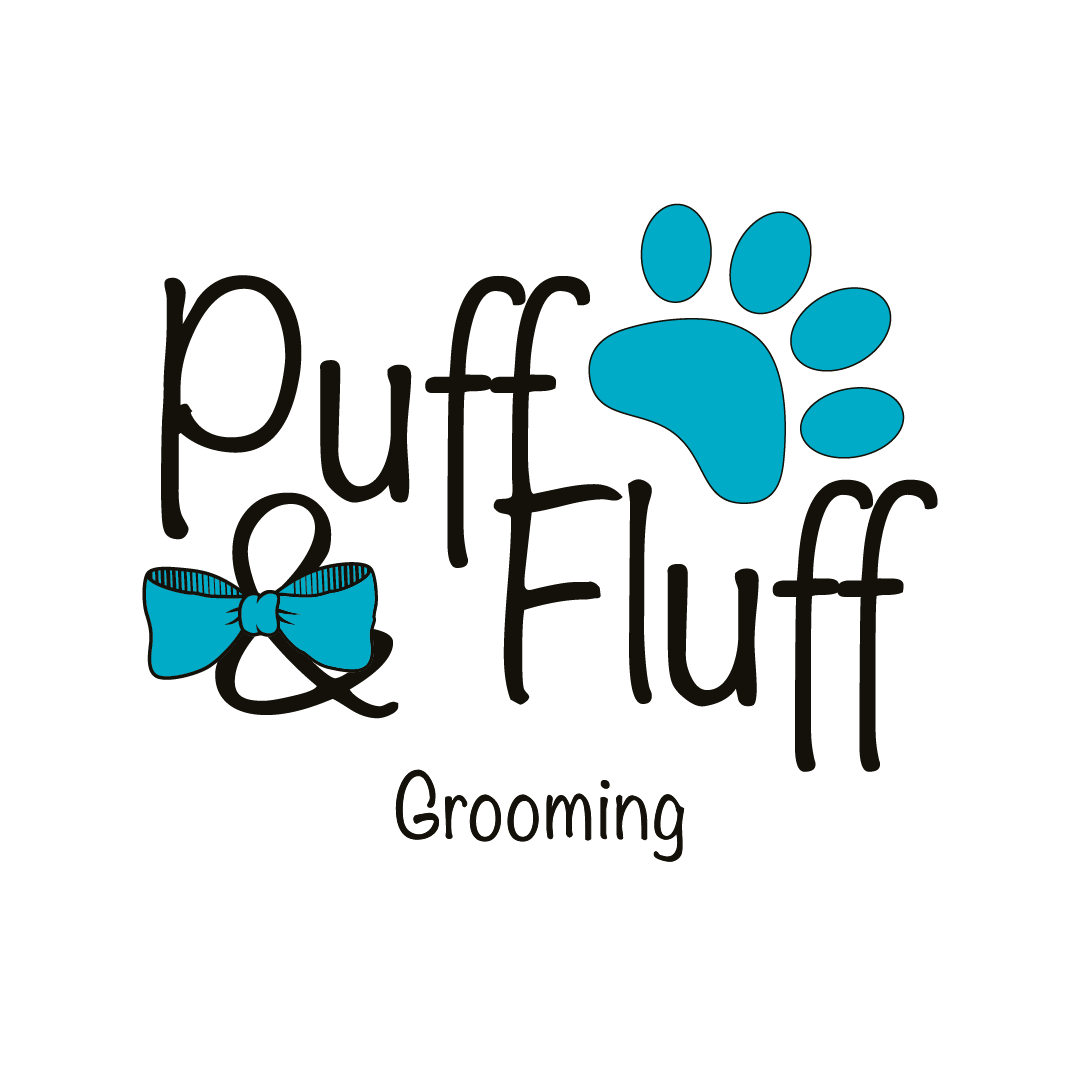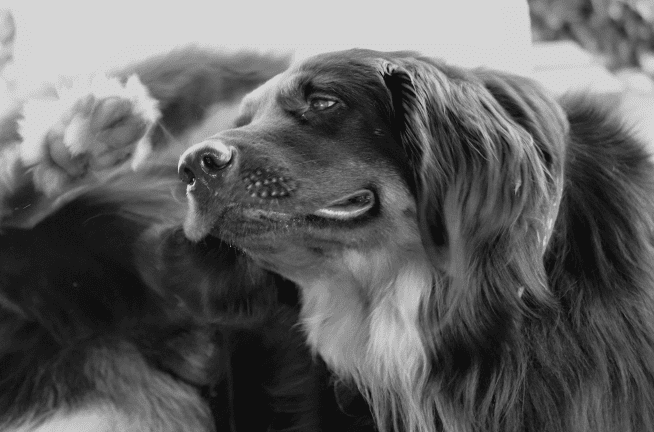With fall right around the corner, there is a lot you may have to do to get ready. Learn more about fall allergies in dogs by checking out this guide.
Are you wondering if your dog is showing signs of fall allergies? Fall allergies in dogs could be more common than some people realize.
Your furry companion likely has more in common with humans than you realize. Just like you and your other loved ones, your pup has an immune system that reacts to environmental triggers. While seasonal allergies that you and your fellow family members experience can vary in severity, dogs also have their own set of challenges.
If you’ve been wondering if your pup could be sneezing or have other types of allergies symptom, read on. You’ll learn about the causes and what you can do about this with your vet’s help.
Pollen
Pollen is an especially common trigger for fall allergies in dogs. When the wind carries pollen from trees, grasses, and other plants, it can cause allergic reactions in some dogs.
Symptoms of a pollen allergy in dogs can range from red itchy eyes and sneezing to runny noses and skin rashes. It’s important to note that pollen allergies can occur year-round but are more common in the fall months when the air is filled with more airborne particles.
If you suspect your dog is suffering from pollen allergies, check with your vet for advice on how to minimize your dog’s exposure. They can also provide treatment options to reduce your pet’s discomfort.
Considering this product for your dog will also help to keep symptoms down. Using this product may also help to promote a healthy immune system, which can help prevent the onset of allergies. Additionally, this product is easy to administer and is perfect for dogs of all ages and breeds.
Ragweed
Fall allergies in dogs can be caused by several environmental allergens, but one of the most common is ragweed. It has been discovered that pollen produced by the ragweed plant can cause allergy symptoms in dogs between September and December, the peak season for ragweed.
Symptoms can range from mild irritation, such as:
- Sneezing
- Itch
- Watery eyes
Your veterinarian may recommend an antihistamine or seasonal allergy shot to help reduce allergy symptoms. If you suspect that your pet is having fall allergies, be sure to contact your veterinarian immediately for a diagnosis and treatment plan.
Mold
Fall allergies in dogs can be just as bad as allergies in people. One of the major causes of these allergies is mold, which seems to proliferate in the chilly and damp autumn months.
As a pet parent, it pays to be aware of the allergens your pet might be exposed to, so you can take precautions to protect their healthy dogs. In the case of mold, be aware that mold growing in damp places like:
- Cellulars
- Basements
- Other parts of the home
Older homes and homes with frequent plumbing leaks are especially at risk. Also, if you live near fields or leave the windows open, pollen produced by mold spores could trigger an allergic reaction.
If your dog does suffer from a mold allergy, be sure to keep them away from potentially allergenic areas and practice proper cleaning and ventilation protocols. This will help keep your pet comfortable and safe.
Dust Mites
Fall allergies in dogs can be caused by several environmental factors, including dust mites. Dust mites are microscopic arachnids found in carpets, furniture, and even bedding that are known to aggravate canine allergies.
For pet owners, the warning signs may include sneezing, itchy and watery eyes, swollen paws, redness around the eyes and mouth, and frequent scratching and licking of the fur. The best way to successfully manage allergies in your pet is to identify allergens, such as dust mites, and take steps to reduce their presence.
This can include vacuuming carpets and furniture frequently, washing pet bedding, and using dust mite covers on pillows and mattresses. Additionally, it’s important to be aware of the signs of allergies in your dog and work with a veterinarian to develop an appropriate treatment plan.
Flea Bites
Fall allergies in dogs can be caused by many different things, including flea bites. Fleas are parasites that feed on the blood of their host animal, and dogs can be particularly susceptible to suffering from flea infestations.
Flea bites can cause intense itching, which can lead to further skin irritation and secondary infections. If your dog is scratching and biting itself, it’s possible that it could be due to flea bites. It’s important to monitor your dog closely for signs of flea infestations and to be proactive in treating them.
Treating flea infestations quickly can help prevent more serious allergies or infections from developing. To help prevent flea bites, make sure to regularly groom your dog, keep their bedding and living area clean, and use tick and flea treatments as recommended by your vet.
Stinging Insects
Fall allergies in dogs can be triggered by stinging insects such as bees, wasps, yellow jackets, and hornets. These insects are particularly active during the warm months of late summer and fall, and they can cause a lot of pain and discomfort to your pet.
Since these insects tend to be more active and aggressive during this time of year, it’s important to protect your pet from being stung.
Keeping your pets away from any nests or hives, making sure they are not near any lawn areas that are prone to higher insect activity, and wearing protective clothing is important in keeping your pet safe.
Don’t leave your pet outside unsupervised during the early morning and late afternoon when the stinging insect activity is highest. If your dog is stung, take them to the vet for monitoring and treatment. Being proactive about keeping your pet safe will give you peace of mind and provide them with the protection they need.
Identifying Fall Allergies in Dogs
Allergens in the air are present year-round, but certain species of trees and grass release more during fall, causing more severe reactions in dogs. So it’s important to be aware of fall allergies in dogs and take preventive measures, such as regularly grooming and dusting their coats or purchasing an air filter.
Talk to your veterinarian today to create and implement a plan tailored to your pup and their individual needs!
Did you find this article helpful? Check out the rest of our blogs!

